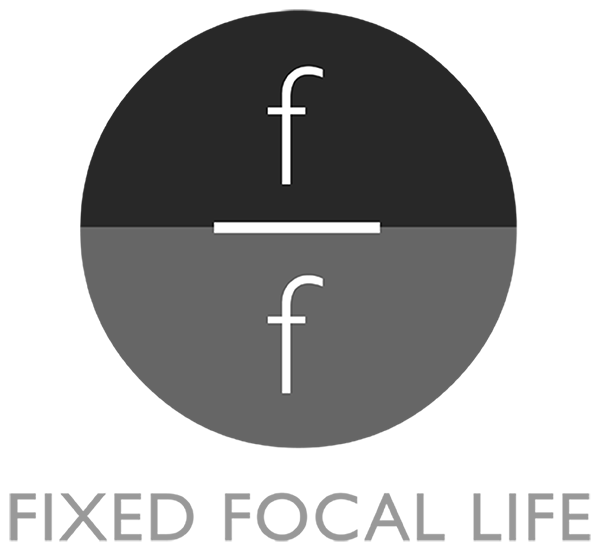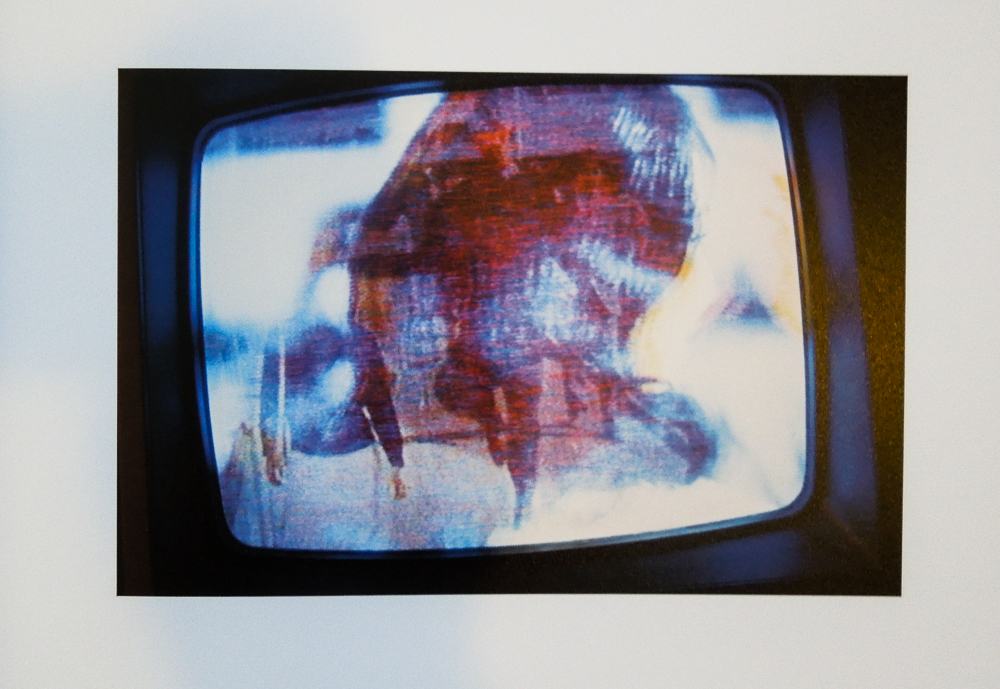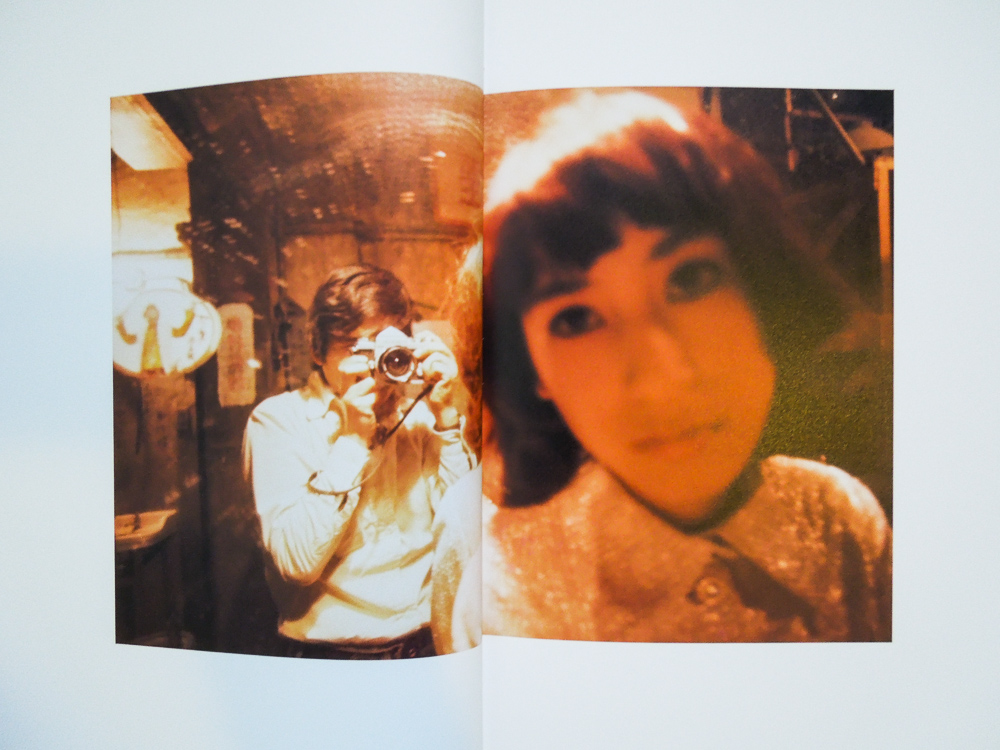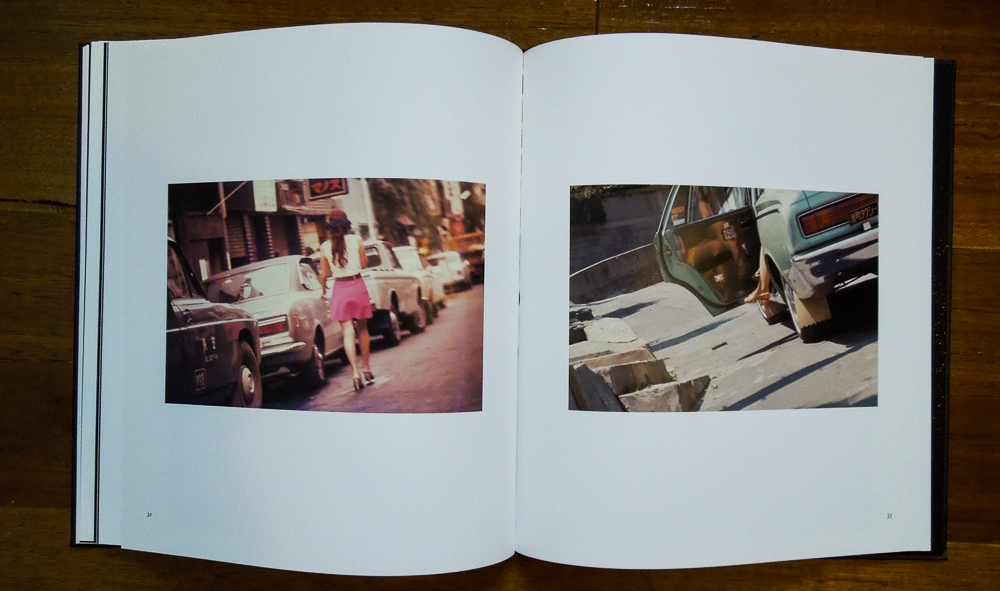Daido Moriyama - Mirage
Just a pre warning, some of the images in this post may be considered not safe for work. Timing is interesting. I was on Facebook today and a good friend posted some photos of some books that he was taking back home with him from a trip. One of them was Daido Moriyama's Mirage. I had this post set as a place holder already and when I saw the image on Facebook I decided it was the right time to finally start to write it.
Added to this is the fact that I am traveling for work at the moment and as a little inspiration I have brought some books with me that I have been planning on writing about for a while. One of them was Mirage.
So, the ducks have lined up, and we will have a look at one of Daidos's many many books, but one that is very different from a lot of others.
I recently spent some time in Japan. All of the time that I was there was spent in Shinjuku. What an amazing place to holiday and an amazing place to take photos. I have posted about the trip here.
While in Tokyo I must admit that I slightly (massively) expanded my collection of Moriyama photobooks. Mirage was not one of these. I purchased Mirage from Japan Exposures a while before leaving for Tokyo, and have been meaning to review it for a while. I wanted to tick a few books off the list before I started on the books that I brought home from the trip. Stay tuned as there will be a few coming.
I'm rambling, so unlike me. Back to the point of things. Mirage by Daido Moriyama. If you know even a little about Moriyama you will know that he has a lot of books published. I have heard him speak about the fact that he sees the publication of a book as a statement that he places higher in the grand scheme of things than an exhibition. I understand the thinking here. An exhibitions lasts a very short time when compared to a photobook. The publication of a book is something that is a lot more permanent than any exhibition could ever claim to be.
Moriyama is one of my very favourite photographers. There are a number of Japanese artists who's work I really enjoy, but I don't know if there are others that are on the same level as Moriyama for me. For this reason it was a little daunting for me to consider reviewing one of his books.
Mirage is a book that is so far removed from his other books in so many ways, yet also so connected. In some ways it's the fact the book is in colour that separates it. In other ways it's the intimacy that you feel with the subject matter.
I don't know if it's the fact that Mirage is removed from the traditional Moriyama photobook that made me decide to review it first out of all of his books that I have. It may be that the fact that it is different to the rest makes it that little bit easier to write about.
Traditionally Moriyama has this snapshot sort of nonchalance about his work. This feeling that it really doesn't matter what who or where the subject matter is. It's all about the photos. It's all about the technique. It's all about the fact that what you're looking at is so unmistakably Moriyama that you feel comfortable in the knowledge that you know what you're in for when you pick up one of his books. These statements might be a little on the extreme side of the reality of the matter, but I find that this is the best way to get the point across.
Mirage is different in the fact that the images seem to have a feeling and connection to the subjects. There is a feeling of necessity to the subject matter. There is a feeling that the subjects are important. There is a feeling that without these specific subjects the images wouldn't work as well. It's not like you're looking at a random image of something that is masterfully printed in a high contrast gritty black and white style. There is this need to know a little more about the subjects in this book.
I have heard some people argue that there is a lack of intimacy in Daido's work. I think that through this statement they are referring to the intimacy with the subject. You know what, for the 'normal' Daido there isn't a need for an intimacy in the subject in a lot of his work. What I get is an intimacy in the process from what I would term the standard Moriyama print. It's hard to explain, and what I may find here is that my experience in looking at a great image from Moriyama is slightly removed from the norm, but this is Ok as well. There is an certain level of intimacy in the process for me. An intimacy in wanting to have an understanding of how it works. How he does that. Why I like it. All of these things add up to make me feel that little more intrigued and interested in the image.
All of this happens without the direct need for an understanding of the subject matter. Although the subject is integral to the image, without a subject matter there wouldn't be an image, it's just not the be all and end all. With the images in Mirage there is a different aesthetic. There is a connection with the subject that feels slightly out of the norm for Moriyama.
There is also this level of eroticism that is definitely suggested in some of his other work, but not flaunted like it is in Mirage. There is another famous Japanese photographer named Noboyushi Araki who is more closely associated with this type of work. Araki and Moriyama are actually good friends. They have collaborated on projects that have resulted is photo books in the past. One of these I was able to get a copy of while in Japan. I get the impression that there is a bit of influence from Araki in Mirage.
Some of the things that still remind you of the fact that the photo book that you're looking at is unmistakably a Moriyama book is the layout. Although Moriyama has stated publicly that when he is putting a photo book together there is not a great deal of thought that goes into the sequencing of images, I think that there is an certain aesthetic to the layout of the book that sets his books apart from others.
One of the noticeable layout quirks that I see in a lot of his books is images on opposing pages that are offset from a aspect ratio of layout perspective. Like portrait and landscape images on opposing pages. This is something that has a tendency to jolt the reader. The flow of the images is broken when this happens, but Moriyama achieves it in such a way that it adds rather that distracts.
The second quirk is the placement of full images over two pages with the crease of the book running down the middle of the page. Again, this is removed from the norm of a photobook, and again jolts the reader in a way. It's a disjointed way of displaying a photo. It breaks up a single image. But again, Moriyama does this in a way that works to build a positive flow to his books.
If I say too much more then the words are just going to become pointless as describing images, and therefore photobooks just ddoesn't do them justice. I will finish by saying that if you're a Moriyama fan but don't own any of his books then this isn't the book for you to buy as a first entry to his work.
There is a second book of his colour work called 'Colour'. This is also not the right book for a Moriyama fan to buy as a first book to start a collection. The right book for a first, and maybe only book, is 'Journey for Something'. It's a book that I will make an attempt at reviewing at some point in time, but it's an overwhelming task due to its size and the quality of the images. It's one that I don't know if I can do justice, but I will try at some point.
Mirage on the other hand is a book for someone that is either a fan of Araki's and wants to see how others do something of a similar vein. Or, it is a book for the Moriyama fan that wants to have a record of him doing something a little removed from his normal work. A little brighter in some ways. More intimate as we have already discussed . but more importantly colour.
For me the colour palette in Mirage, and the level of contrast applied to the images is closer to what you would expect from his monochrome work. This for me is the main reason why if you are going to go out and buy a Moriyama book in colour, this is the one that I would be forking out for.
This is hands down one of my favourite books in my collection. This is a very personal thing, and likely has a lot to do with the fact that it's a side of my favourite photographer that simply isn't visible in his other work.











